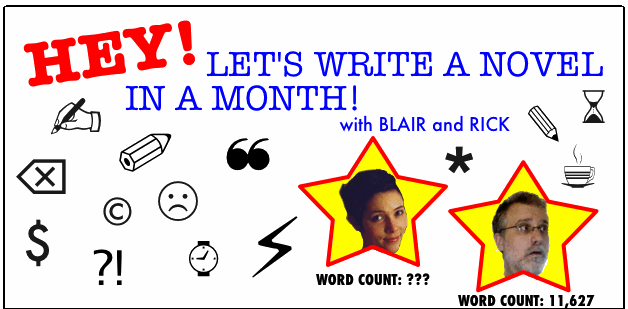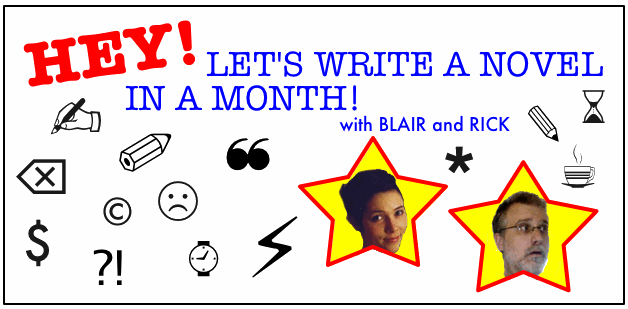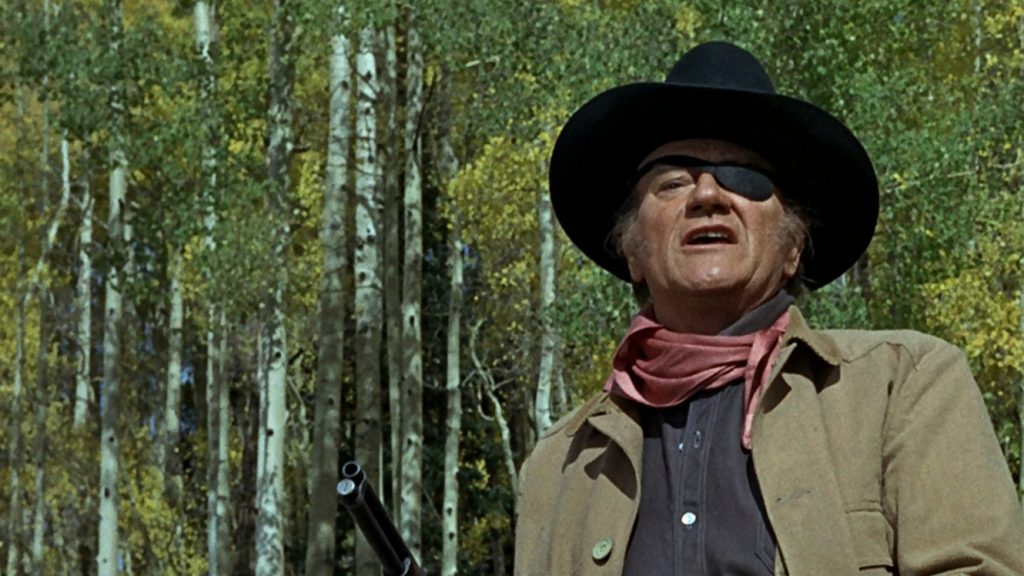Let’s write a novel in a month: Part 2—How to Write a Novel In A Month
Okay, quick recap: Last week Blair manipulated me into trying to write a 50,000 word novel in one month following the Camp NaNoWriMo protocol, and then she promptly went on a two-week vacation.
Now that one week has passed, I’m glad to say that my word count is on track, I have spilled very little blood, and I’m only crying very late at night when no one can see or hear me. I’ve also learned a few things that I hope will help me on this and future writing projects, and maybe they’ll help you too, so here they are:
1: Quit wasting time on stuff that you can figure out later. For example, I have always hated coming up with character names. I just don’t have a knack for it. Some of the names I rejected for my story include: Endicott Ramblesby. Pete Bott. Martha Refrigeratorface. Parker Halmurmisson. I just can’t do it. But with the time limit imposed by this project, I decided not to expend precious temporal units on inventing names, I just did my best and moved on. It was quite liberating.
2: Get organized. Reading the NaNoWriMo message boards and corresponding with other, uh, NaNoWriMoers, I’ve been amazed at how much prep work some writers do before they actually begin writing their manuscripts. Lots of people create note cards with character info on them. Some do the same with plot points so they can shuffle things around and try different combinations. Plenty of writers invest a significant chunk of time compiling research so it will be on hand and easy to access when they’re writing. There are software packages like Scrivner that can help you do all this digitally. As we discussed last week, I personally am not prone to a whole lot of this type of frontloading. But I am starting to rethink that. I do know that if I hadn’t hammered out an outline before starting this venture, I’d be lost by now.

3. It’s all about the numbers. Whaaa??? Numbers? But this is a word thang! Well, NaNoWriMo has a nifty widget that displays a word count graph showing how much more you need to write if you’re going to hit the end-of-month 50,000 word goal. It’s a simple thing, but man, does it feel good to see that little line representing your word count stretch up to where it’s supposed to be.
There have been days when I’m sure I would have stopped working except… graph… almost… there.
Plus when you’ve met the day’s goal, you can go about the rest of your business without freaking out that you’re not writing enough. Whatever the length of your project, I highly encourage creating some sort of tracking system so you can have that daily squirt of dopamine when you meet your target.
That’s enough for now, I think. I have to go to the store and pick up a few adverbs for later. Meanwhile, here’s the very first sentence of my story.
Behind Jimmy's Bowl-a-Rama, not far from the spot where Boot Loomis collapsed with his oxygen-starved heart jerking in his chest like a dying fish, the same spot where he gave up the ghost seventy-five seconds later, surrounded by friends who made no move to help because they were certain this was another of Loomis' so-called "pranks," not very far from that spot, there's a gap in the chain-link fence which has gone unrepaired for the better part of a decade, and in all likelihood will remain long after the fence, alley, and Bowl-a-Rama have collapsed into inevitable dust.
Will it survive to the final draft? Will I? Anything could happen. Also, I regret everything and am in a constant state of anguished despair etc. etc.

Rick Chillot
RICK CHILLOT is a former baby and current writer and editor at Quirk Books. He has contributed to magazines such as Psychology Today, Parenting, Mental Floss, and Prevention. In his twenty-plus years in publishing he’s interviewed about a jillion scientists and doctors and therefore had no need to consult any of them for this book.




